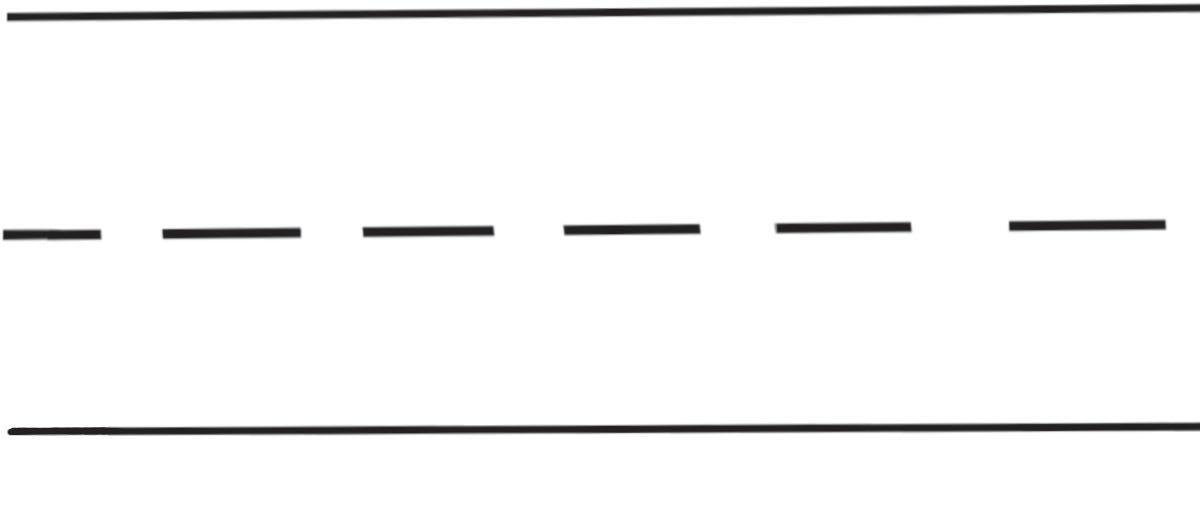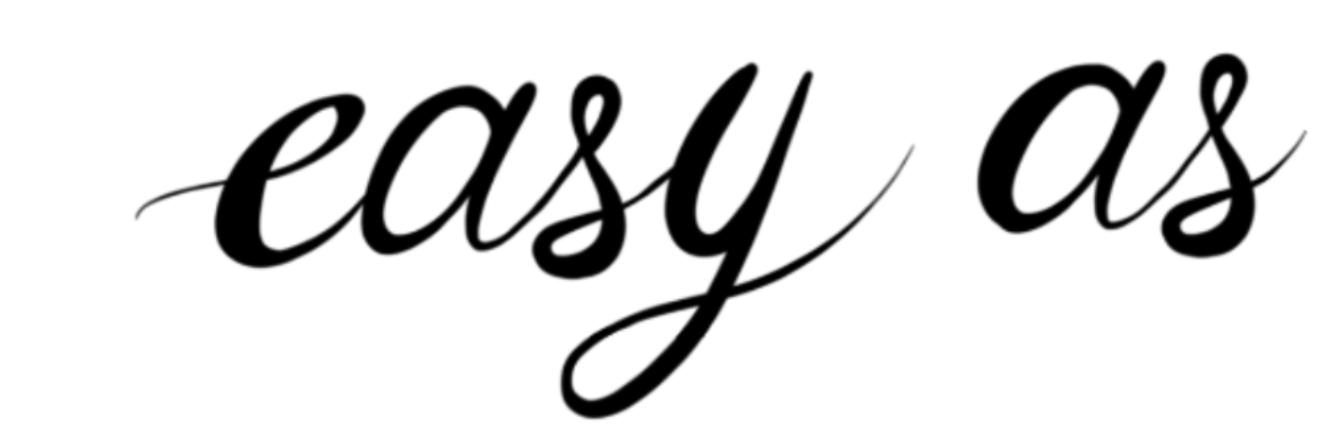
3 minute read
SCREENING MAY SOLVE CALIFORNIA’S LITERACY CRISIS
AAS THE THIRD anniversary of the COVID-19 lockdown approaches, California remains in a literacy crisis. According to the state’s latest Smarter Balanced test, only 42.1% of third-graders are meeting grade level reading standards, a 6.4 point decrease from 2019. California is one of only 10 states that has not mandated dyslexia screenings for all students.
The consequences of not catching learning disorders early are dire; the Yale Center for Dyslexia warned that intervention for students falling behind in reading is essential before the third grade.
Palo Alto High School junior Jamie, whose name has been changed to protect her privacy, was diagnosed with dyscalculia, a numerical learning disorder similar to dyslexia, in 7th grade.
“It was super hard for me because I didn’t have the accommodations I needed, so I’d have to go after school to meet with my teachers every single day,” Jamie said. “I had no idea dyscalculia even existed, so I was just clueless.” There are many other undiagnosed students who struggle similarly because they don’t have the right accommodations that they need.
“We should be screening for even more than dyslexia,” Jamie said. “A lot of kids have things like ADHD and aren’t diagnosed, but unless you have an official diagnosis you can’t get a 504 [accommodation plan].”
Though California has poured millions of dollars into early literacy resources over the past decade, it remains one of the last 10 states in the nation not to mandate screening for dyslexia.
SB-237, a bill proposed in 2021 by Senator Anthony Portantino, aimed to mandate screenings for K-2 students beginning in the 2022-23 academic year. But despite uncontested approval in the Senate, the Assembly Ed- ucation Committee declined to bring it to a vote, ending the bill before it could reach the House floor.
Opposition by the California Teachers Association played a key role in the bill’s failure.
In a 2021 letter to the Chair of the Assembly Education Committee, the CTA expressed concerns that mandated screenings would take away from instructional time and might incorrectly identify English language learners as disabled.
The Palo Alto Unified School District has reckoned with how to address dyslexia locally as well; the initial results of a fall 2019 screening identified 26% of students in grades 1–3 as at-risk of being dyslexic.
According to PAUSD board member Jennifer DiBrienza, it became clear in the process of writing PAUSD’s 2017 resolution on dyslexia that the struggles students face in reading extend far beyond one disability.

“At first the discussion was just ‘these kids are struggling, do they have dyslexia?’” DiBrienza said. “But we came to understand … not all reading struggles are dyslexia, and there are many other conditions that can cause reading struggles too.”
Paly history teacher DJ Shelton, who was diagnosed with dyslexia in the second grade, said that teachers aren’t always able to spot those reading struggles in the classroom.
“Depending on how severe your dyslexia is, you can come up with coping mechanisms, like focusing on visual memory and talking things out,” Shelton said. “Students [with undiagnosed dyslexia] definitely slip through cracks because they’re able to come up with coping mechanisms that allow them to function in a classroom setting.”

PAUSD consequently launched the Every Student Reads Initiative, which aims for 100% of students to read at grade level by the end of third grade.
According to PAUSD’s 2021-22 annual report, K-5 students are screened semesterly using the Shaywitz DyslexiaScreen, a program that separates students into two groups: at-risk for dyslexia and not-at-risk.
Those identified as at risk are given extra support; as of 2019, over 450 students across the district’s 12 elementary schools are receiving intervention from reading specialists, English Language specialists, and reading intervention teachers. High schoolers take reading comprehension tests through the Universal Protocol for Accommodations in Reading. These efforts appeared largely successful, especially among groups historically with an achievement gap.

Results from state testing in spring of 2022 show that the amount of students “near” or “meeting” standards increased 15.8 percentage points for low-income students, 16 points for students with disabilities and 8.6 points for Latino students, exceeding the 2021 goal of a three percentage point increase.
UCSF has partnered with the state of California to develop a free screener called Multitudes, which will be released next year in English, Spanish and Mandarin to school districts.
The initial pilot was launched in a dozen school districts last year, and UCSF scientists plan to expand it to more districts in the coming fall. Experts suggest that universal screenings do not have to be delayed until Multitudes’ release. The investment of $30 million in Multitudes may benefit districts that cannot afford existing screeners, which cost about $10 per student. Additionally, with new leadership in the Assembly Education Committee, renewed attempts for a statewide mandate could succeed.
“What worries me is that in an effort to get kids to grade level, ... we’re losing a bigger picture of what it means to love literature, to learn from it, and make connections to your life,” DiBrienza said. v
22% of socioeconomically disadvantaged students performing below state standards
16% increase in English learners reading near or above standards from 2018 to 2022
4% increase in 3rd grade students reading near or above state standards from 2018 to 2022









